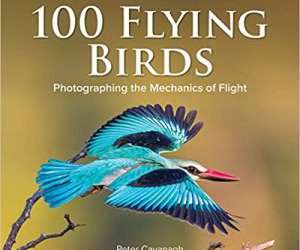Pied Oystercatcher breeding update
10,000 Birds
NOVEMBER 8, 2015
Egg loss to predation has been extraordinarily bad this year and all of the nests mentioned in the last post were lost and all of the pairs of Pied Oystercatchers laid a new clutch of eggs. In fact they have not just laid once again, but many pairs have laid up to five clutches of eggs this season.
















Let's personalize your content